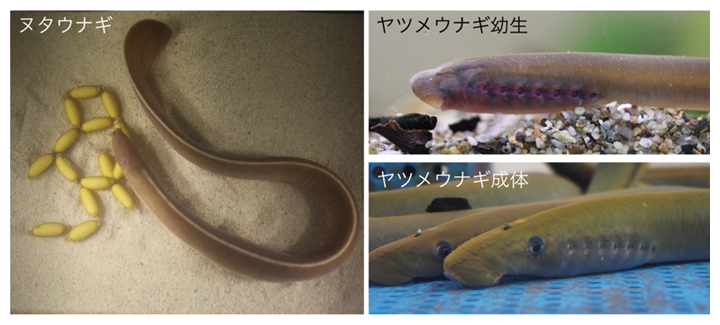先史時代の哺乳類は、恐竜が絶滅した後、生き残るチャンスを増やすために、脳を大きくするのではなく、体を大きくしていたことが研究で明らかになった。 Prehistoric mammals bulked up, rather than develop bigger brains, to boost their survival chances once dinosaurs had become extinct, research suggests.
2022-04-01 エディンバラ大学

暁新世に生息した肉食哺乳類、クレノドン・フェロックスの頭蓋骨 (credit: Thomas Williamson)
その結果、6600万年前に小惑星が衝突して恐竜の支配が終わった後、体重に比べて哺乳類の脳の大きさが減少していたことが明らかになった。
これまで、哺乳類の脳の大きさは、恐竜が絶滅した後、時間の経過とともに増加すると考えられていた。
<関連情報>
- https://www.ed.ac.uk/news/2022/mammals-put-brawn-before-brains-after-dinosaurs
- https://www.science.org/doi/10.1126/science.abl5584
白亜紀末の絶滅後の胎生哺乳類における脳より腕力の優位性 Brawn before brains in placental mammals after the end-Cretaceous extinction
ORNELLA C. BERTRAND,SARAH L. SHELLEY,THOMAS E. WILLIAMSONJOHN R. WIBLE,TEPHEN G. B. CHESTER,JOHN J. FLYNN,LUKE T. HOLBROOK,TYLER R. LYSON,JIN MENG,IAN M. MILLER,HANS P. PÜSCHEL,THIERRY SMITH,MICHELLE SPAULDINGZ. JACK TSENG,AND STEPHEN L. BRUSATTE
Science Published:31 Mar 2022
Abstract
Mammals are the most encephalized vertebrates, with the largest brains relative to body size. Placental mammals have particularly enlarged brains, with expanded neocortices for sensory integration, the origins of which are unclear. We used computed tomography scans of newly discovered Paleocene fossils to show that contrary to the convention that mammal brains have steadily enlarged over time, early placentals initially decreased their relative brain sizes because body mass increased at a faster rate. Later in the Eocene, multiple crown lineages independently acquired highly encephalized brains through marked growth in sensory regions. We argue that the placental radiation initially emphasized increases in body size as extinction survivors filled vacant niches. Brains eventually became larger as ecosystems saturated and competition intensified.


